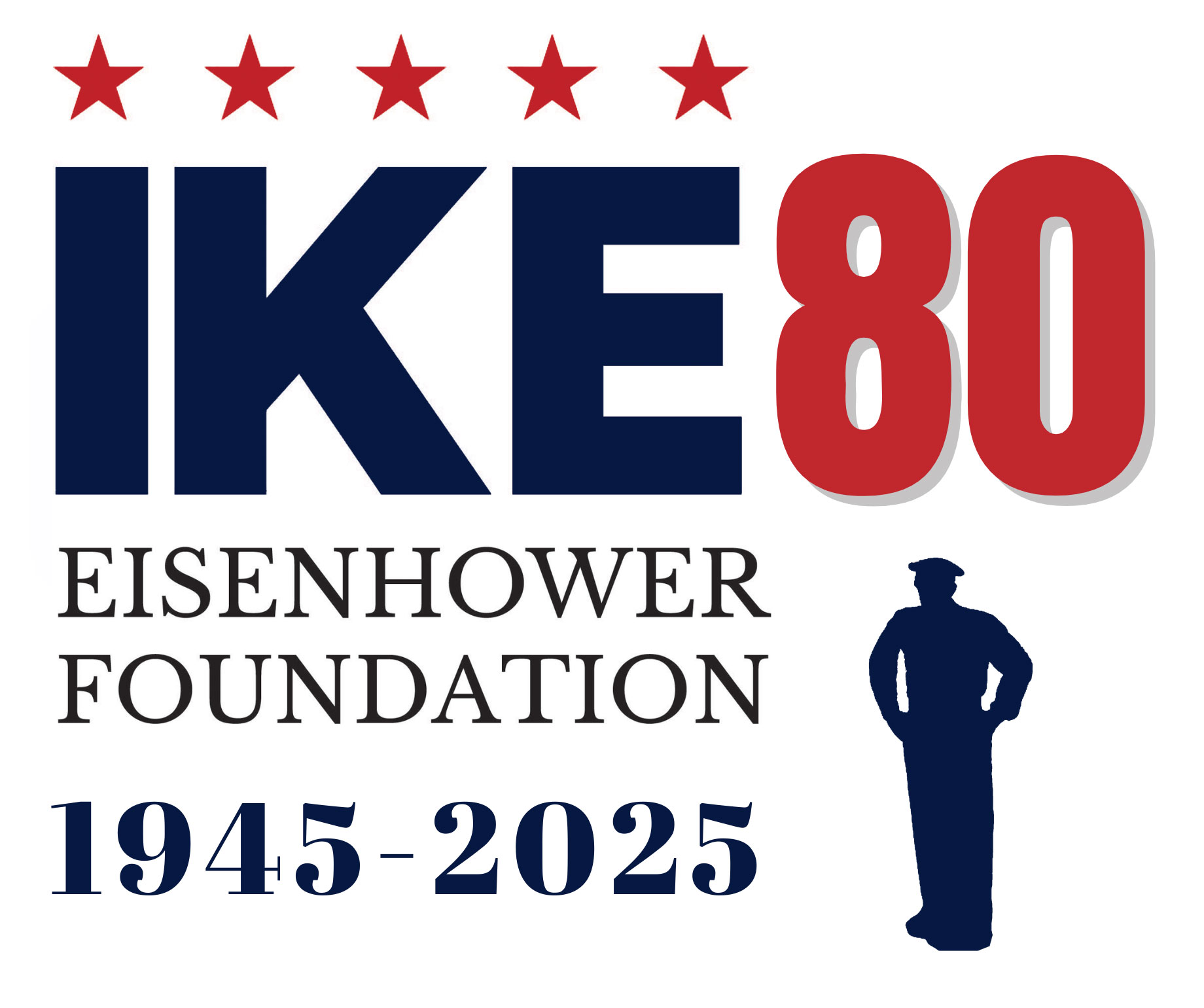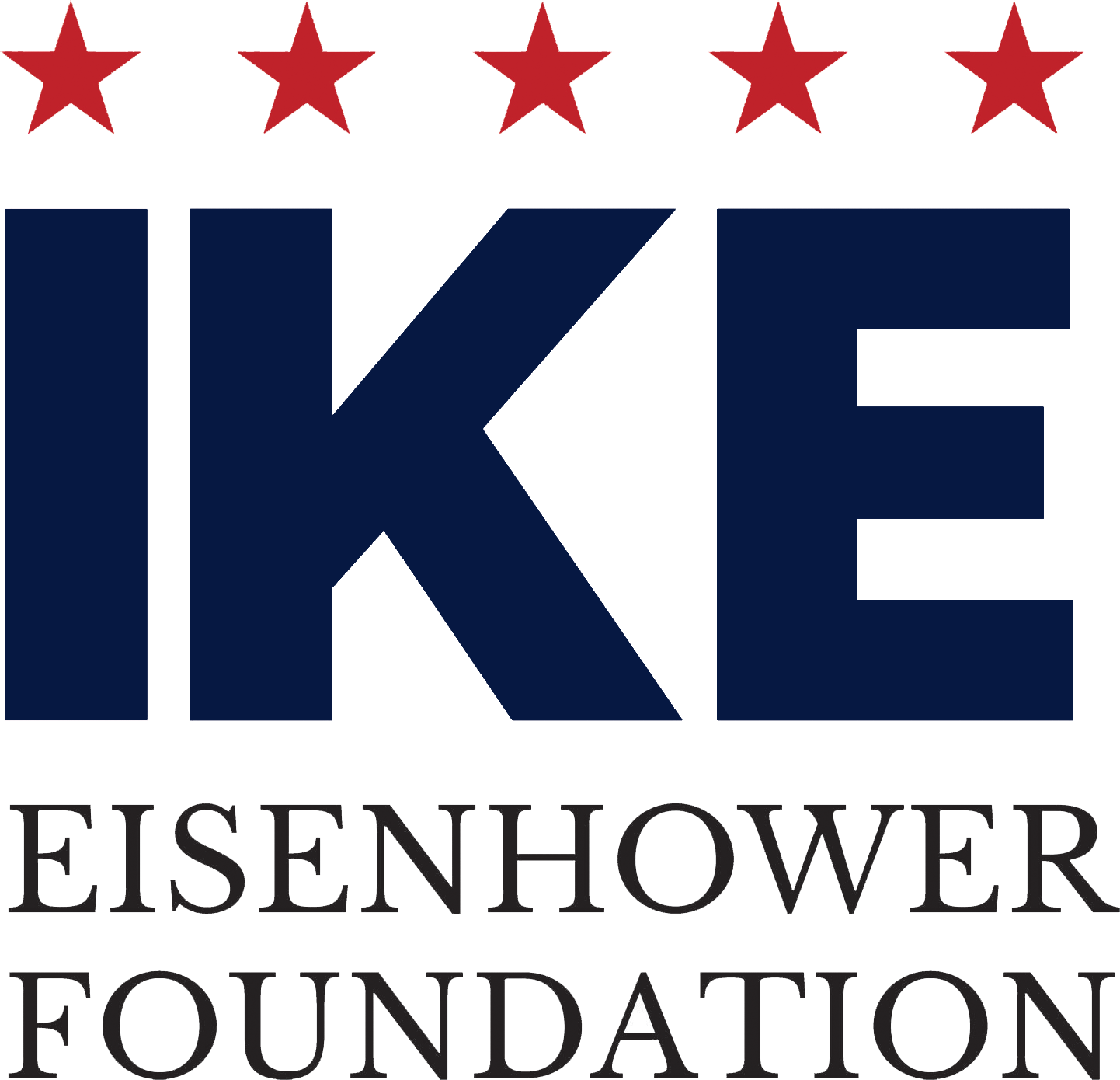Dwight D. Eisenhower would serve four long years in the Philippines under General Douglas MacArthur, military advisor to the new Philippine government. Ike had not sought this duty and accepted it with some reluctance. The only thing that made it bearable was that his old and dear friend, James “Jimmy” Ord, was going along and they would work together.
On October 26, 1935, after a pleasant twenty-two-day voyage, President Harding, carrying the MacArthur entourage, docked in Manila’s harbor. General MacArthur enthusiastically assured President Manuel Quezon that an effective defense plan for the Philippine Islands would be forthcoming. The details would fall to Ike and Jimmy.
In addition to his duties as assistant military advisor to the Philippine government, Ike continued to write MacArthur’s speeches, letters, and reports. Because MacArthur thought it beneath him to meet with President Quezon on a regular basis, Ike became an important liaison to the Philippine leader. Nearly nine months after his arrival on July 1, 1936, his twentieth wedding anniversary, Major Eisenhower was automatically promoted — as was the rest of the class of 1915 — to lieutenant colonel.



 ,
, 


